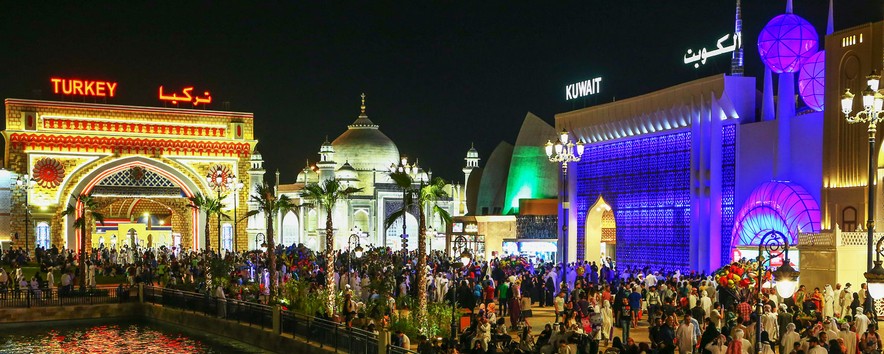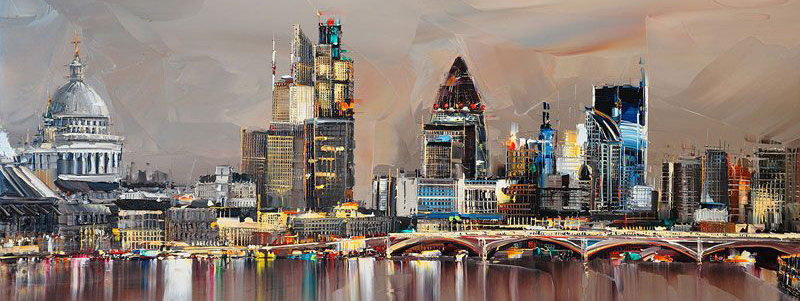Londoners are animated by a veritable passion for music. It holds an important place in everyday life. Performances are always of great quality and there are many venues or concert halls to be found. The three most important ones are the Royal Festival Hall, Queen Elizabeth Hall, and Purcell Room as far as chamber music is concerned, and these are located in the Southbank Centre. 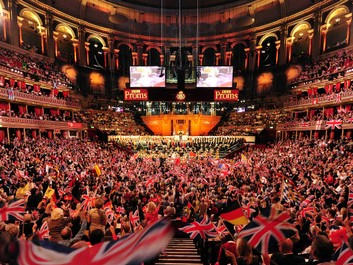 On Sundays, concerts are held, also in the foyers, and are very popular. Another important centre for listening to classical music is Barbican Centre, which is also where the London Symphony Orchestra headquarters are located. From June to September the Promenade Concerts take place in the Royal Albert Hall, and are commonly known by the familiar name of the Proms. These are concerts of classical music which are not terribly expensive, and are organized by various orchestras. Two other orchestras, which have a cosy atmosphere and perfect acoustics, are Conway Hill in Red Lion Square and Wigmore Hall, at 36, Wigmore Street. For organ concerts, there is Central Hall in Storey's Gate. Also regarding organ concerts, many can be witnessed at lunch time in different churches: in that of St John's, for example, in Smith Square, in St Martin-in-the-Fields, in Trafalgar Square, in St Mary-Le-Bow's, in Cheapside, in St Michael-upon-Cornhill, in Cornhill, and in St Mary Woolnoth's in Lombard Street.
On Sundays, concerts are held, also in the foyers, and are very popular. Another important centre for listening to classical music is Barbican Centre, which is also where the London Symphony Orchestra headquarters are located. From June to September the Promenade Concerts take place in the Royal Albert Hall, and are commonly known by the familiar name of the Proms. These are concerts of classical music which are not terribly expensive, and are organized by various orchestras. Two other orchestras, which have a cosy atmosphere and perfect acoustics, are Conway Hill in Red Lion Square and Wigmore Hall, at 36, Wigmore Street. For organ concerts, there is Central Hall in Storey's Gate. Also regarding organ concerts, many can be witnessed at lunch time in different churches: in that of St John's, for example, in Smith Square, in St Martin-in-the-Fields, in Trafalgar Square, in St Mary-Le-Bow's, in Cheapside, in St Michael-upon-Cornhill, in Cornhill, and in St Mary Woolnoth's in Lombard Street.
 On Sundays, concerts are held, also in the foyers, and are very popular. Another important centre for listening to classical music is Barbican Centre, which is also where the London Symphony Orchestra headquarters are located. From June to September the Promenade Concerts take place in the Royal Albert Hall, and are commonly known by the familiar name of the Proms. These are concerts of classical music which are not terribly expensive, and are organized by various orchestras. Two other orchestras, which have a cosy atmosphere and perfect acoustics, are Conway Hill in Red Lion Square and Wigmore Hall, at 36, Wigmore Street. For organ concerts, there is Central Hall in Storey's Gate. Also regarding organ concerts, many can be witnessed at lunch time in different churches: in that of St John's, for example, in Smith Square, in St Martin-in-the-Fields, in Trafalgar Square, in St Mary-Le-Bow's, in Cheapside, in St Michael-upon-Cornhill, in Cornhill, and in St Mary Woolnoth's in Lombard Street.
On Sundays, concerts are held, also in the foyers, and are very popular. Another important centre for listening to classical music is Barbican Centre, which is also where the London Symphony Orchestra headquarters are located. From June to September the Promenade Concerts take place in the Royal Albert Hall, and are commonly known by the familiar name of the Proms. These are concerts of classical music which are not terribly expensive, and are organized by various orchestras. Two other orchestras, which have a cosy atmosphere and perfect acoustics, are Conway Hill in Red Lion Square and Wigmore Hall, at 36, Wigmore Street. For organ concerts, there is Central Hall in Storey's Gate. Also regarding organ concerts, many can be witnessed at lunch time in different churches: in that of St John's, for example, in Smith Square, in St Martin-in-the-Fields, in Trafalgar Square, in St Mary-Le-Bow's, in Cheapside, in St Michael-upon-Cornhill, in Cornhill, and in St Mary Woolnoth's in Lombard Street. The opera is one of the performances which reaps great success in London. After World War II, many English companies appeared, and would sing at the London Colyseum. The Royal Opera House, built in 1858 in the Italian style, was originally called the Royal Italian Opera House. The repertoire, much like today, would range from Rossini to Verdi to Puccini. It was with Rigoletto that Enrico Caruso made his debut here on 14th March, 1902.

The history of English music cannot even remotely be compared to German or Italian music, in terms of richness or talent. Furthermore, albeit not having ever been isolated from European music, British music developed in a different way compared to how it did on the continent, from its beginnings all the way to our time. The names of the composers are not well known. 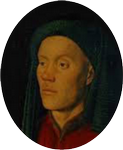 Amongst those belonging to the medieval period and the beginning of the Renaissance, are John Dunstable, born in 1390, and
Amongst those belonging to the medieval period and the beginning of the Renaissance, are John Dunstable, born in 1390, and  Leonel Power, born between 1370 and 1385, the two main composers of the period. The former wrote polyphonic music, with the characterizing trait of full triadic harmonies, although unfortunately a part of his manuscripts was destroyed during the Reformation. The latter of the two was the choirmaster for the singers at Christ Church, Canterbury, and also the author of many religious compositions. It was not until the Baroque period that British music acquired some importance. This period was dominated by Händel, German of birth, but adopted into a London family.
Leonel Power, born between 1370 and 1385, the two main composers of the period. The former wrote polyphonic music, with the characterizing trait of full triadic harmonies, although unfortunately a part of his manuscripts was destroyed during the Reformation. The latter of the two was the choirmaster for the singers at Christ Church, Canterbury, and also the author of many religious compositions. It was not until the Baroque period that British music acquired some importance. This period was dominated by Händel, German of birth, but adopted into a London family.
 Amongst those belonging to the medieval period and the beginning of the Renaissance, are John Dunstable, born in 1390, and
Amongst those belonging to the medieval period and the beginning of the Renaissance, are John Dunstable, born in 1390, and  Leonel Power, born between 1370 and 1385, the two main composers of the period. The former wrote polyphonic music, with the characterizing trait of full triadic harmonies, although unfortunately a part of his manuscripts was destroyed during the Reformation. The latter of the two was the choirmaster for the singers at Christ Church, Canterbury, and also the author of many religious compositions. It was not until the Baroque period that British music acquired some importance. This period was dominated by Händel, German of birth, but adopted into a London family.
Leonel Power, born between 1370 and 1385, the two main composers of the period. The former wrote polyphonic music, with the characterizing trait of full triadic harmonies, although unfortunately a part of his manuscripts was destroyed during the Reformation. The latter of the two was the choirmaster for the singers at Christ Church, Canterbury, and also the author of many religious compositions. It was not until the Baroque period that British music acquired some importance. This period was dominated by Händel, German of birth, but adopted into a London family. 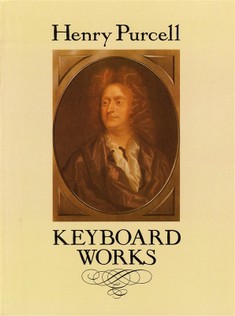 Also Henry Purcell, who incorporated Italian and French elements into his music, became very important. He wrote works for special occasions for the royal family, as well as theatre plays and holy music. He was particularly admired for his vocal music. The creation of the London Philharmonic Society, in 1813, which was also graced by the contribution of
Also Henry Purcell, who incorporated Italian and French elements into his music, became very important. He wrote works for special occasions for the royal family, as well as theatre plays and holy music. He was particularly admired for his vocal music. The creation of the London Philharmonic Society, in 1813, which was also graced by the contribution of 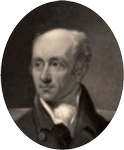 Muzio Clementi, played an important part in the development and spreading of musical life throughout the island. Clementi was born in Rome and at the age of fourteen had been brought back to England by a rich English gentleman, who had provided for his education in exchange for the musical entertainment provided by the boy for his guests. He was known for his studies on the piano. In the Nineteenth Century, also the Royal Academy of Music was created, under the guidance of
Muzio Clementi, played an important part in the development and spreading of musical life throughout the island. Clementi was born in Rome and at the age of fourteen had been brought back to England by a rich English gentleman, who had provided for his education in exchange for the musical entertainment provided by the boy for his guests. He was known for his studies on the piano. In the Nineteenth Century, also the Royal Academy of Music was created, under the guidance of 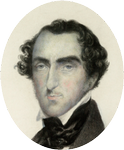 Philip Cipriani Potter, author of symphonies and the first to carry out concerts by Mozart and Beethoven.
Philip Cipriani Potter, author of symphonies and the first to carry out concerts by Mozart and Beethoven.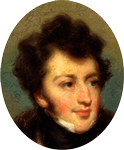 The Nineteenth Century then saw the likes of Henry Bishop, author of operas and operettas, who worked frequently for theatre work, and
The Nineteenth Century then saw the likes of Henry Bishop, author of operas and operettas, who worked frequently for theatre work, and 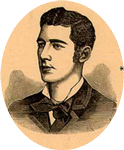 Michael Balfe, an opera composer who lived in Italy for a long period.
Michael Balfe, an opera composer who lived in Italy for a long period. His most well-known work is La zingara.
Also the ballad operas by Gilbert and Sullivan (the former was a librettist and the latter a composer) characterized the history of English music.
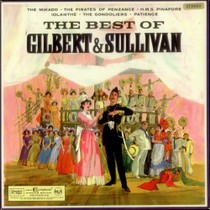

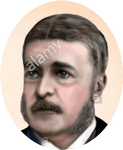 The two collaborated in fifteen brilliant operas and the best known of these is H.M.S. Pinafore. The connection to modern music was made by Ralph Vaughan Williams, author of a composition named A London Symphony, dated 1914, its shifting tones introducing contrasting themes, ranging from the hustle of the city life to moments of near silence. The beginning and the end evoke the theme of a foggy, humid London, as we know it to be from the paintings of Turner and Whistler, then the melodic phrases start to be alternated with tense sequences and humorous passages.
The two collaborated in fifteen brilliant operas and the best known of these is H.M.S. Pinafore. The connection to modern music was made by Ralph Vaughan Williams, author of a composition named A London Symphony, dated 1914, its shifting tones introducing contrasting themes, ranging from the hustle of the city life to moments of near silence. The beginning and the end evoke the theme of a foggy, humid London, as we know it to be from the paintings of Turner and Whistler, then the melodic phrases start to be alternated with tense sequences and humorous passages. 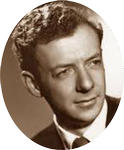 One of the composers and orchestra directors of the Twentieth Century who was most well known abroad was Benjamin Britten and his most famous work was Peter Grimes, in 1945. He composed orchestral music and chamber music. He was seduced by the influence of oriental, Indonesian, and Japanese music.
One of the composers and orchestra directors of the Twentieth Century who was most well known abroad was Benjamin Britten and his most famous work was Peter Grimes, in 1945. He composed orchestral music and chamber music. He was seduced by the influence of oriental, Indonesian, and Japanese music.
Music is produced everywhere - In London there are many musical clubs with a large variety on offer, and they are very well organized. Music is played in pubs, where bands offer entertainment of great professionalism. Lovers of folk music will be spoilt for choice, with bands and solo players of the country genre who renew the interest towards traditional music and succeed in filling folk clubs with customers. Music is also played in venues which are aimed at different activities, such as the Orangery of Holland Park, where musical performances take place going by the title of the Global Village: these are particularly interesting and often freely accessible. Then of course there are evenings with rock, jazz, reggae, rockabilly, punk music, and the list goes on... Furthermore, in the National Sound archives, at 96, Euston Road, there are over a million records and thousands of tapes from all over the world which contain a great variety of recorded sounds.
